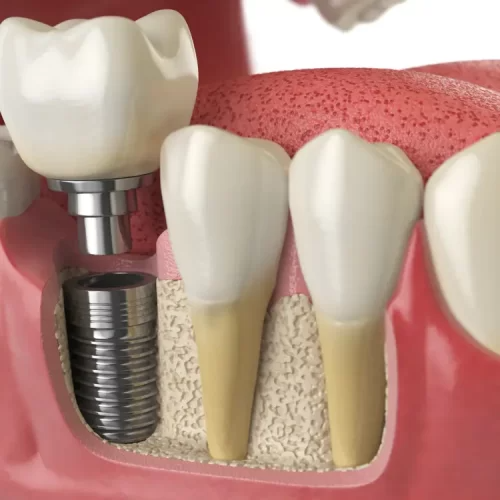Dental implants have revolutionized the field of dentistry by offering a reliable and long-lasting solution to tooth loss. These artificial tooth roots are surgically placed in the jawbone to provide a sturdy foundation for replacement teeth. However, not all dental implants are the same. There are various types of dental implant, each designed to address specific patient needs and circumstances.
Endosteal implants:
Endosteal implants are the most common type of dental implants. They are typically made of titanium and resemble small screws or cylinders. These implants are surgically inserted directly into the jawbone and serve as anchors for artificial teeth. Endosteal implants are suitable for most patients with sufficient bone density. They can support single crowns, bridges, or even dentures.
Subperiosteal implants:
Subperiosteal implants are an alternative for patients with insufficient bone density to support traditional endosteal implants. Rather than being placed inside the jawbone, subperiosteal implants are positioned on top of the bone but still beneath the gum tissue. A metal framework is used to secure the implant in place, and it protrudes through the gums to support the replacement teeth. Subperiosteal implants are a viable option for those who may not be candidates for traditional implants due to bone loss.
All-on-4 implants:
The All-on-4 dental implant system is a unique approach designed for patients who need full arch replacement (e.g., an entire set of upper or lower teeth). With just four strategically placed implants, this system can support a complete fixed denture. All-on-4 implants offer the advantage of reduced surgery time and faster recovery for eligible candidates.
Zygomatic implants:
Zygomatic implants are an innovative solution for patients who have severe bone loss in the upper jaw and are not candidates for traditional implants. Instead of anchoring in the jawbone, zygomatic implants are anchored in the zygomatic bone, which is located in the cheek area. This approach allows patients with significant bone loss to receive stable, permanent dental restorations.
Mini implants:
Mini implants, also known as narrow-diameter implants, are smaller in size compared to standard dental implants. They are often used in cases where space or bone density is limited. Mini implants can be less invasive and suitable for patients who require denture stabilization, small tooth gaps, or other specific dental needs.


